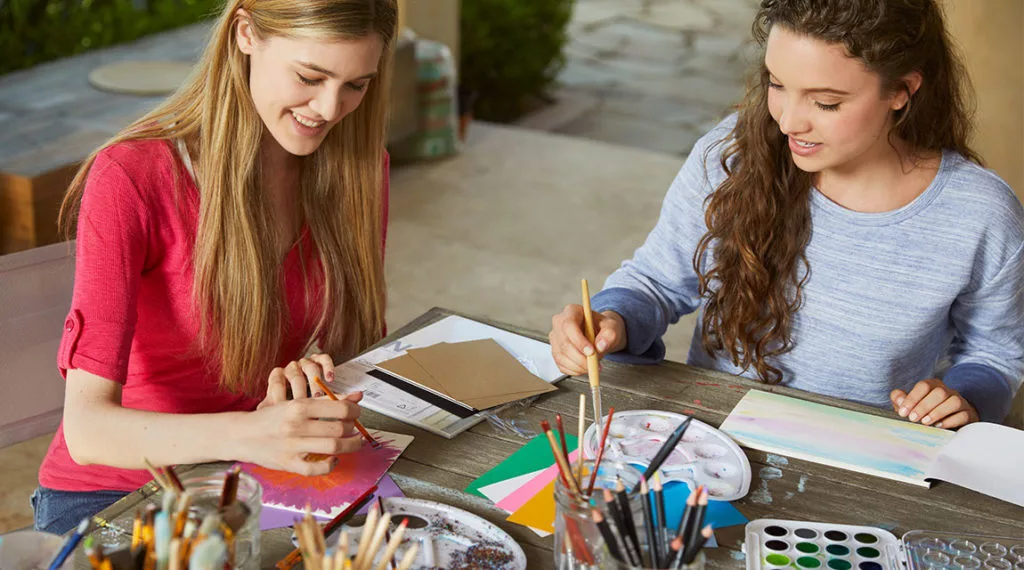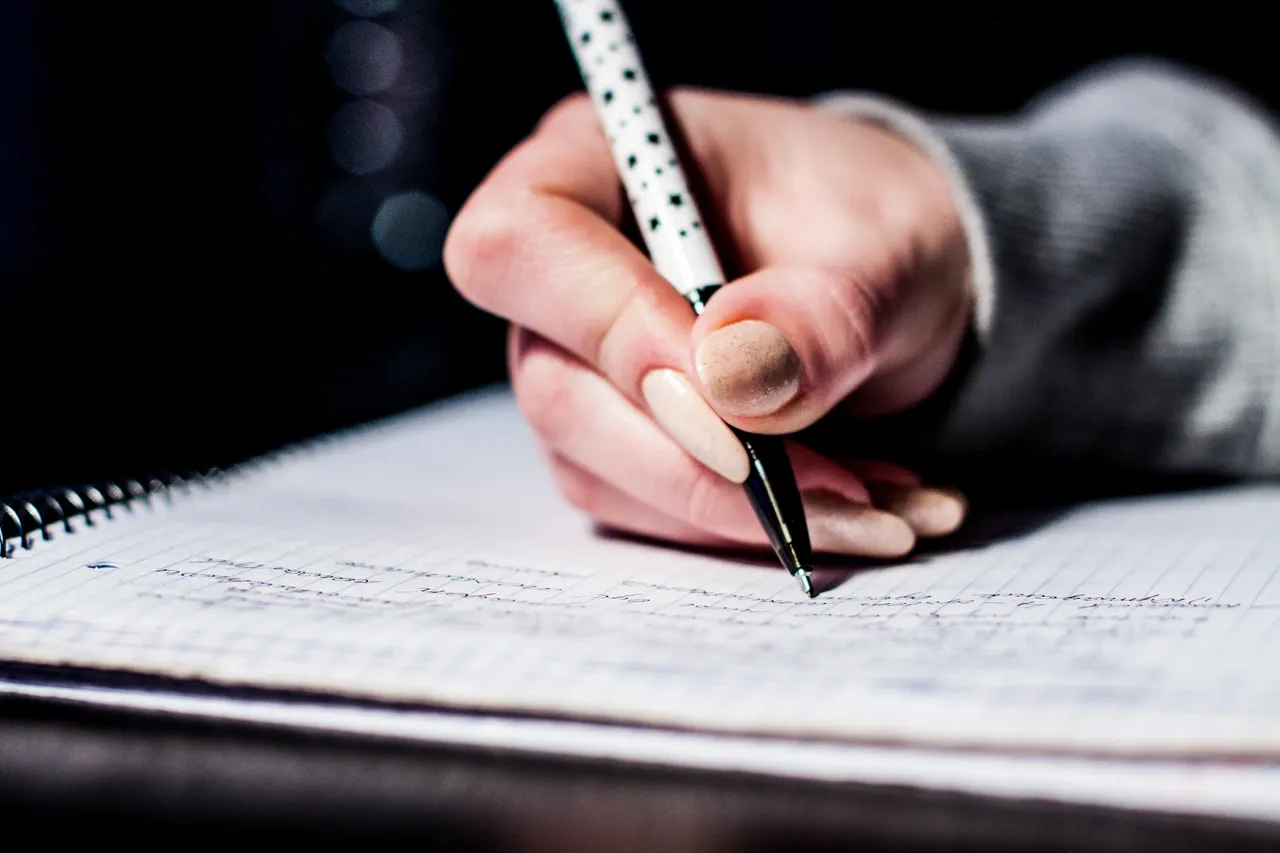Creativity is often viewed as a special gift, enabling individuals to express their thoughts and emotions in profound ways. However, a longstanding question has intrigued researchers and artists alike: is there a connection between creativity and mental illness? Studies suggest there might be, with many creative people experiencing higher rates of mental health conditions than the general population.
In this article, we’ll explore the link between creativity and mental health, touching on scientific research, historical perspectives, and practical strategies for managing creativity and mental well-being.
The Connection Between Creativity and Mental Illness
Numerous studies highlight the connection between mental illness and creativity. For instance, research published in the Journal of Psychiatric Research revealed that individuals in creative fields are more likely to suffer from mental health issues. Here are a few key findings:
- Mood Disorders in Creative Professions: A study from the Karolinska Institute in Sweden found that people in creative professions are more prone to mood disorders such as depression and anxiety.
- Bipolar Disorder and Creativity: The American Journal of Psychiatry has reported that people with bipolar disorder are disproportionately represented in creative fields.
- Higher Rates of Depression and Anxiety: A survey conducted by the National Endowment for the Arts indicated that artists experience higher rates of depression and anxiety than non-artists.
Historical Perspectives on Creativity and Mental Health
The connection between creativity and mental illness isn’t a modern phenomenon. Many famous historical figures, from artists to composers, struggled with mental health challenges while producing some of the most influential works in human history.
Examples of Creative Geniuses and Mental Health Struggles:
- Vincent van Gogh: The famous painter is believed to have suffered from a combination of depression and bipolar disorder. Despite his struggles, van Gogh created masterpieces like Starry Night.
- Sylvia Plath: The American poet and novelist battled depression for much of her life. Her novel The Bell Jar is a semi-autobiographical exploration of mental illness.
- Ludwig van Beethoven: The composer faced emotional turmoil and is thought to have had bipolar disorder. His music often reflected the depth of his personal struggles.
Mental Illnesses Commonly Associated with Creativity
While creativity can sometimes enhance mental well-being, certain mental health conditions are more frequently observed in creative individuals. These conditions often affect creativity in both positive and negative ways.
1. Depression:
Depression can provide a deep well of emotion for creative work, but it can also hinder productivity and engagement.
- Symptoms: Persistent sadness, fatigue, lack of interest in previously enjoyable activities.
- Impact on Creativity: While some artists channel their depression into their work, the debilitating nature of the illness can interfere with creating.
2. Bipolar Disorder:
Bipolar disorder is characterized by mood swings between manic and depressive episodes.
- Symptoms: Elevated energy during manic phases and deep sadness during depressive episodes.
- Impact on Creativity: Many creatives report bursts of inspiration and productivity during manic phases, but the resulting depressive periods can be debilitating.
3. Anxiety Disorders:
Anxiety can create both challenges and opportunities for creative individuals.
- Symptoms: Persistent worry, nervousness, and self-doubt.
- Impact on Creativity: Anxiety may lead to perfectionism and avoidance of creative tasks, but it can also fuel highly introspective and sensitive artistic work.
How to Support Creativity While Managing Mental Health
It’s important to remember that creativity and mental health don’t need to be at odds. With the right strategies, individuals can balance their creative passions while taking care of their mental well-being.
- Seek Professional Help: Therapy or counseling can provide support tailored to your needs, helping manage mental health challenges without stifling creativity.
- Establish a Routine: Creativity thrives on routine. Setting aside dedicated time for creative activities while balancing rest and relaxation is key.
- Take Breaks: Stepping away from creative work can prevent burnout and give your mind time to recharge.
- Exercise and Relaxation: Physical activity and relaxation techniques like meditation can help reduce stress and improve overall mental well-being.
FAQs: Creativity and Mental Health
Q: Is there really a link between creativity and mental illness?
Yes, numerous studies suggest that people in creative professions are more likely to experience certain mental health conditions, including depression, anxiety, and bipolar disorder.
Q: Does mental illness make someone more creative?
Not necessarily. While some mental health conditions may contribute to unique ways of thinking, they can also hinder creativity by causing emotional and cognitive challenges.
Q: How can creative individuals manage their mental health?
Strategies include seeking therapy, establishing a routine, taking breaks, and engaging in regular exercise or relaxation techniques to manage stress.




